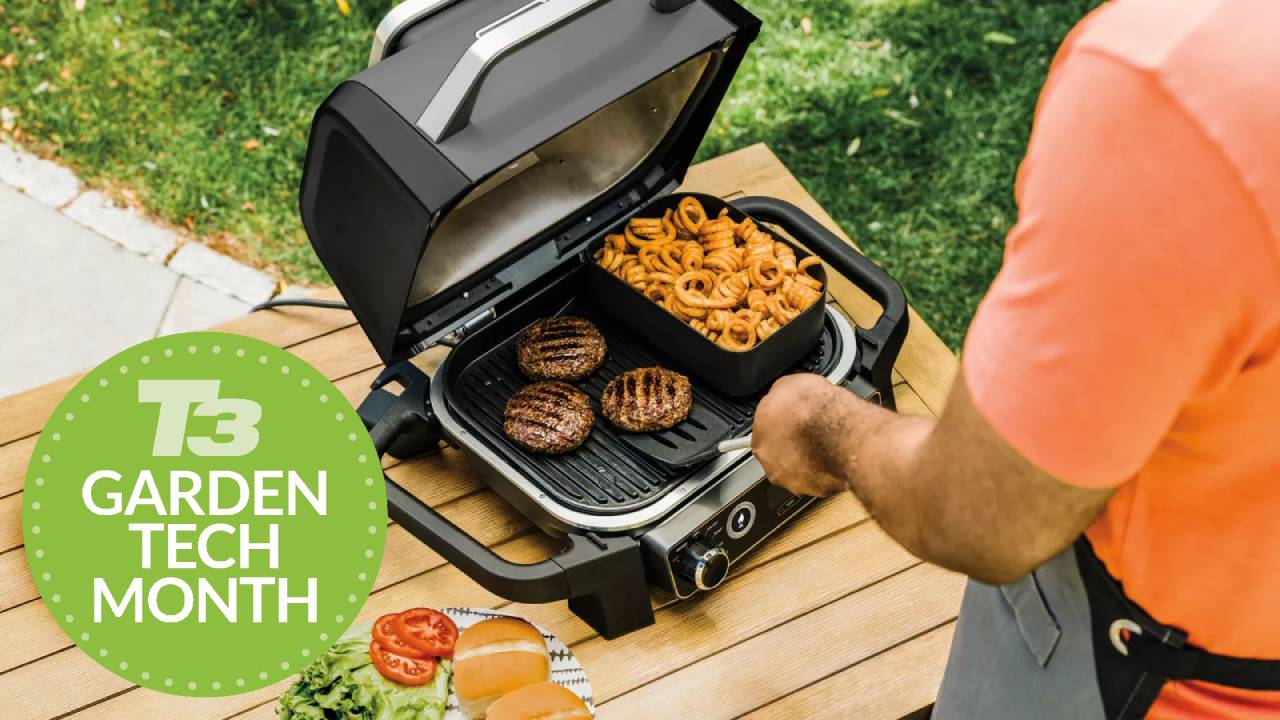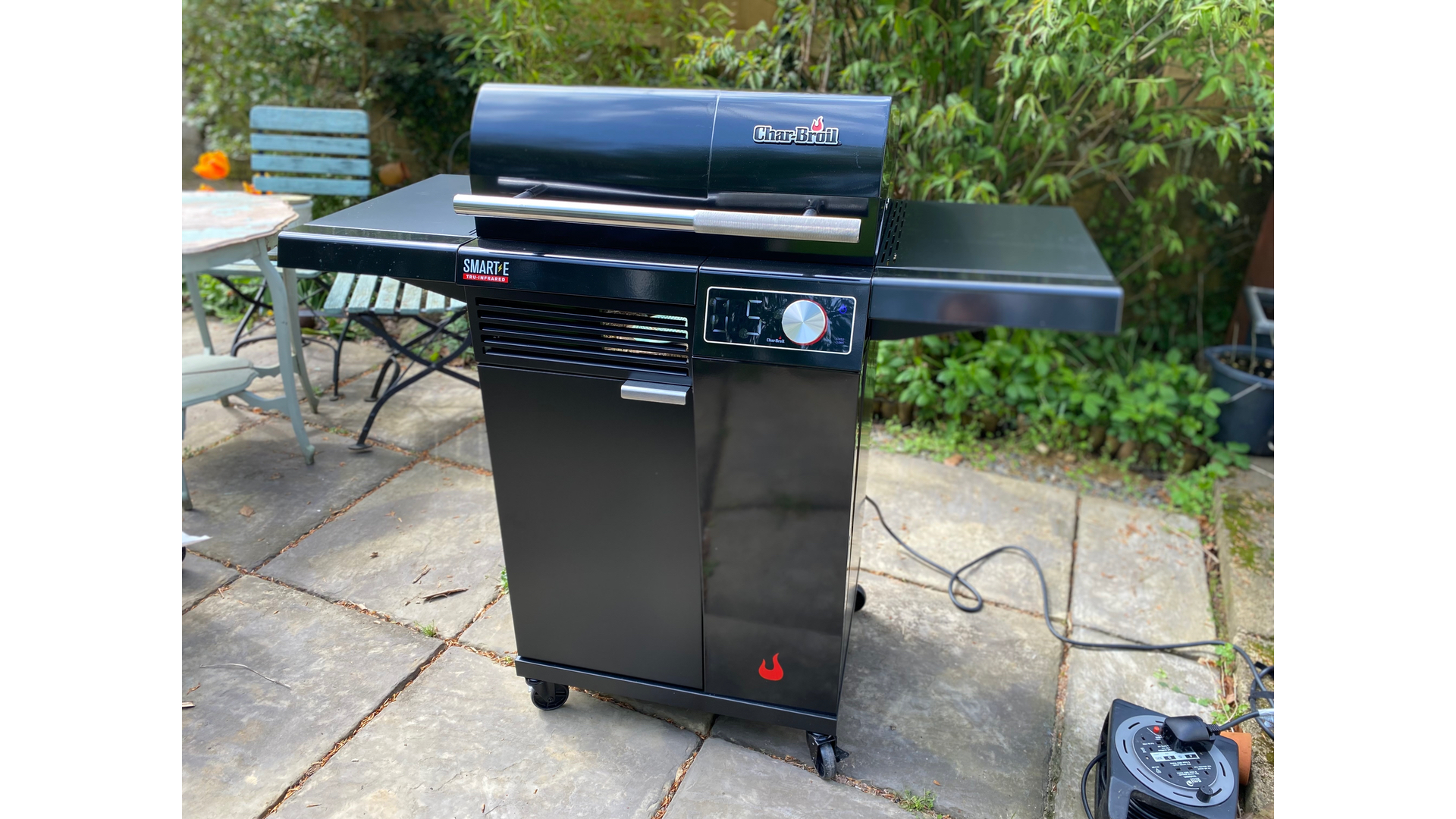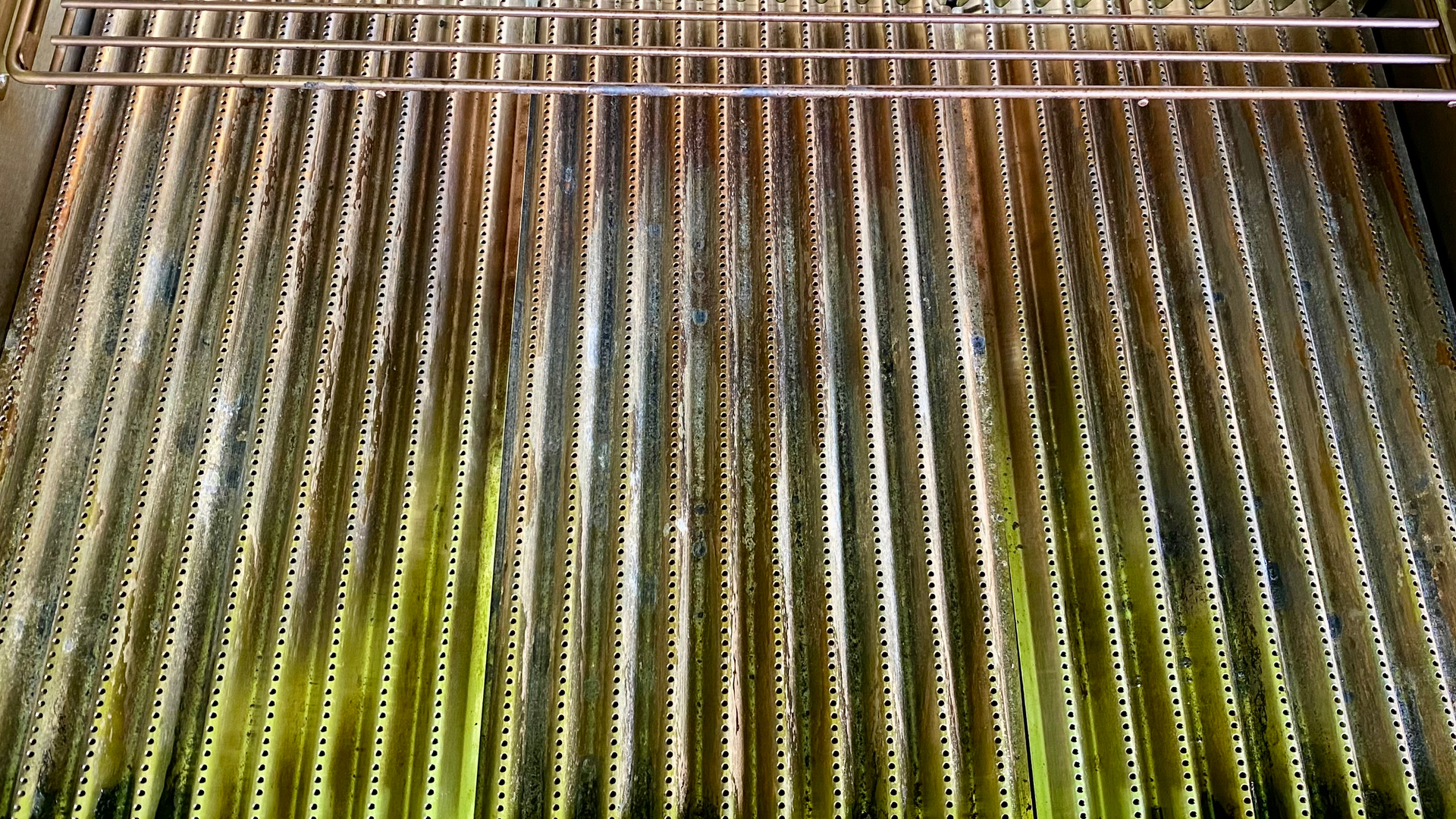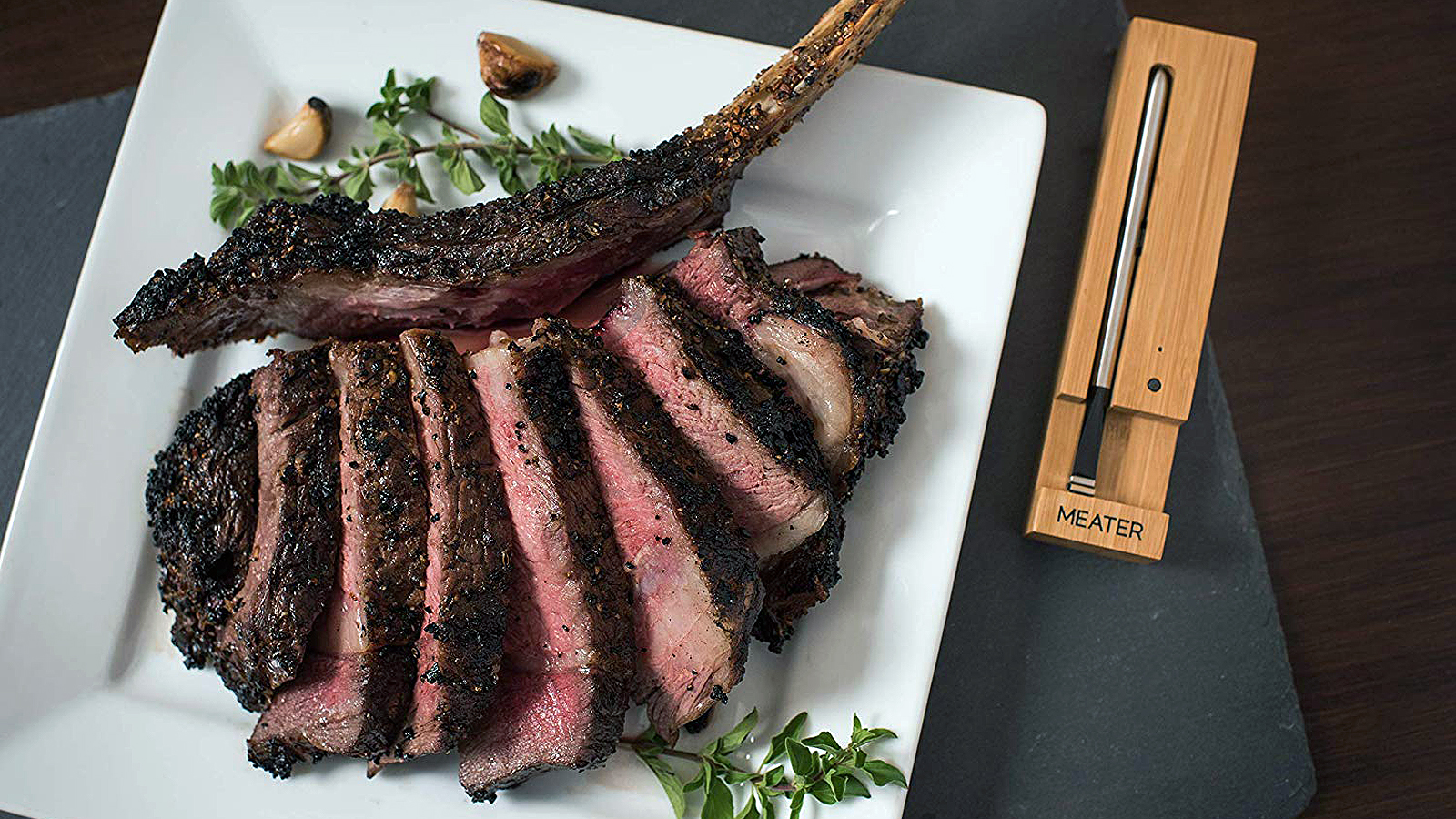5 mistakes everyone makes with electric barbecues
Five handy tips to get the most out of your electric barbecue


If you want to help save the planet, spend less on your outdoor cooking extravaganzas or be able to grill on your balcony without causing a clash with your neighbours, you need an electric barbecue. In much the same way that batteries are fast replacing the internal combustion engine in cars and other vehicles, so it is with barbecues which may one day run solely on electricity instead of charcoal or gas.
Electric grills behave in the much same way as their charcoal and gas counterparts but they do need a touch more TLC to keep them tipper for years of unflinching al fresco service.
If you’re new to electric barbecuing, then these 5 tips are worth considering to help you get the most out of your new electric grill, keep it in good condition and even help keep you safe while all those electrons are flying about.
1. Using the wrong extension lead

Most modern houses and flats with balconies will have a suitable AC outlet within easy reach of the barbecue so you can easily plug it in when required. However, there are many more homes that don’t have an outdoor AC outlet and the only way around it is to use an extension cable. But not just any old cable!
Since most electric grills consume the equivalent power of a small kettle on full boil – up to and around 2.5kW – some extension leads in your local DIY will be woefully inadequate for the task. What you need to look for is an extension lead with a 13amp fuse rating – nothing less than that will suffice. This is because a lower 10amp cable will soon overheat, melt and then possibly catch fire.
Many extension leads come with a series of 3-pin sockets – usually four in a straight line – but that doesn’t mean you can plug in the electric grill as well as other power-hungry devices like a portable induction hob. That would almost certainly blow the fuse.
Likewise, if opting for a wind-up drum-style extension cable for maximum reach, ensure that the entire cable is unfurled even if your electric grill is only a few metres from the mains outlet. This is because an electric grill requires significant current to function and if the cable is rolled up on a drum, the heat caused by the higher current won’t be able to dissipate which may quite easily lead to a fire, the barbecue turning off and your hungry guests eating the furniture.
Get all the latest news, reviews, deals and buying guides on gorgeous tech, home and active products from the T3 experts
2. Not cleaning the grill grate

Clean the grill after the meal and not just before the next time you use it. This is an important point that should not be ignored. Yes, you could feasibly just put the cover on after the grill has cooled down and leave the cleaning until the next time you use it, but have you ever seen the state of an unclean grill three weeks later? It looks like something out of a sci-fi movie with the entire grate covered in furry mould that smells awful when burned, bits of mostly unidentifiable sausage and burger, rancid chicken skin, you name it. It’s not a pretty sight.
Luckily electric grills – and most gas barbecues come to think of it – are easy to clean simply by whacking the heat to maximum after the food has been served. Simply leave it on its highest temperature – the new Char-Broil Smart-E goes to a whopping 370˚C – while you scoff the delicious food it’s just produced and after 20 minutes it will have incinerated every last scrap of food and grease, reducing it all to dust which you can simply sweep away using a stiff brush. Now the grill grate will be in perfect condition for your next barbecue bash.
3. Not storing the grill under cover
You can quite easily store a charcoal or gas grill outdoors without a cover though rust will set in if it’s a cheap barbie. However, you cannot leave an electric grill outdoors without some form of protection and the reason is pretty obvious – it’s full of electrical components that can get damp or worse, wet.
If you have a portable electric grill, always store it in the shed, greenhouse or even indoors, and preferably don’t leave it outside for even one night as morning dew could coat the electrics.
It’s more difficult with a full size model so make sure you have a good quality, robust cover for it that won’t simply crumble and decay after one year. As a precaution, when it’s time to barbecue, remove the cover a few hours before grilling so that any condensation on the electrics will have evaporated before turning it on.
4. Continually lifting the lid
The following tip applies to all types of barbecue –‘if you’re looking, it ain’t cookin’. Honestly, your food will cook more efficiently when it isn’t being constantly disturbed by having the lid opened. This is because barbecues with a lid use convection to cook the food from all sides. Hence, when you lift the lid for a peak, all the heat that’s built up since you last intervened has been sucked out of the barbecue and the internal temperature plummets.
Of course, with electric grills – and gas grills, too – you can always turn the heat down manually as it's not best at the sort of high temperatures you would on a charcoal model because the grill’s heating element won’t be as affected by ambient temperature changes and it will carry on belting out heat, possibly burning the food in the process.
5. Overcooking or undercooking

We’ve all been scared so much by experts telling us to never undercooked our food – especially chicken – that most of the time we overcook it. And there’s nothing worse than dried-out chicken.
The usual method we all use is to roughly time the cook from the moment we put the food on, but if the temperature on the grill is too hot, it will scorch the food giving the impression that it’s approaching done when it probably isn’t. So we lower the heat and leave it on the grill for another 20 minutes just in case we poison our guests. Then we take a knife to it to see how well the centre is done, hacking up the unblemished piece of meat in the process.
Take a tip from the experts and get yourself a good quality meat thermometer and you’ll produce food that will garner five-star remarks from the guests. For complete accuracy, I recommend the Thermapen which is calibrated for accurate internal temperatures or, if you can afford it, the superb wireless Meater Plus which works with an app to give you step-by-step guidance throughout the cook.
For the record, you’re looking for an internal temperature of 74˚C for chicken and most pork, 52˚C for medium rare steak and 60˚C for fish. Now go forth and grill like a pitmaster!
Derek (aka Delbert, Delvis, Delphinium, Delboy etc) specialises in home and outdoor wares, from coffee machines, white appliances and vacs to drones, garden gear and BBQs. He has been writing for more years than anyone can remember, starting at the legendary Time Out magazine – the original, London version – on a typewriter! He now writes for T3 between playing drums with his bandmates in Red Box (redboxmusic).
